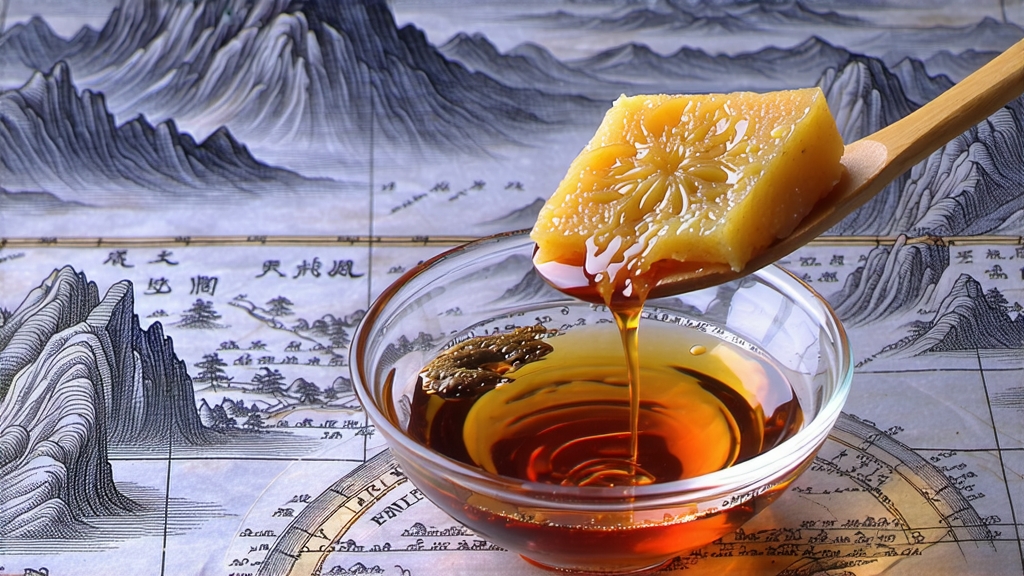
Few beverages carry the quiet gravitas of Fu brick tea. To the uninitiated it looks like a dusty building block—compressed, earth-toned, wrapped only in simple paper. Yet inside that humble rectangle a microscopic garden flourishes, a living time-capsule first engineered on the camel caravans of the Tang dynasty and still worshipped today as the heart of Chinese dark tea. This is the story of Fu brick, the tea that was once traded pound-for-pound for war-horses on the western frontier, that financed monasteries and smugglers alike, and that modern science now hails as a probiotic elixir. Sit down, warm a kettle, and let the bricks speak.
-
From Frontier Necessity to National Treasure
The name “Fu” refers to the prefecture of Jingyang, Shaanxi, where the bricks were originally commissioned during the 7th century. Imperial troops needed calories that would not spoil on the long march to the Gansu corridor; tea, compressed into 2 kg bricks, was lighter than grain and safer than water. Merchants discovered that the same bricks, lashed to camel saddles and rocked by desert winds, arrived tasting sweeter, darker, and mysteriously fragrant. By the Song era the court had codified the “Tea-Horse Bureau,” exchanging one brick for one Tibetan steed; a single caravan could move 10,000 bricks, enough to mount a cavalry. When the Ming closed the northern frontier, production shifted south to Hunan’s Anhua county, whose humid climate and smoky pine rooms accidentally inoculated the tea with a golden mold that would become its signature. Thus Fu brick completed its migration from military ration to cultural icon, carried along the Silk Road as far as Moscow and Istanbul, where it was shaved into samovars and sweetened with honey. -
The Microbe That Signs the Tea
What separates Fu brick from every other dark tea is Eurotium cristatum, a harmless fungus that blooms during the 28-day “flowering” phase. The spores appear as tiny yellow specks—nicknamed “golden flowers” (jin hua). Far from being spoilage, they are the stamp of authenticity; bricks containing fewer than 20,000 colonies per gram are rejected by the national standard. Inside those golden cups the fungus secretes enzymes that convert polyphenols into theabrownins and gallic acid, cutting bitterness and creating a lingering cool sweetness reminiscent of dried apricot. Recent studies at Hunan Agricultural University show that the same metabolites lower blood lipids and modulate gut flora, giving ancient caravaneers a probiotic advantage centuries before Yakult. -
Crafting a Living Brick
Fu brick production begins in early May, when the first flush of Anhua’s large-leaf cultivar Yun-Tai #2 is picked—one bud with three serrated leaves, still dewy at dawn. The leaves are withered on bamboo racks over gentle pine fires, acquiring a whisper of resinous smoke that will later marry with the fungal bouquet. A 30-minute tumble in a 200 °C drum kills green enzymes, yet the tea is kept slightly moist to invite microbial guests. After rolling and a brief 12-hour pile-fermentation the leaves are sun-dried to 14 % moisture, then sifted to remove stems; only the velvet-brown fragments pass through a 10-mesh screen.
The real alchemy happens in the steam room. A cloth-lined wooden box is filled with 2 kg of tea, showered with 95 °C steam for 8 seconds, and inverted into a hand-carved iron mold. A barefoot artisan climbs atop the lid, compressing the mass to half its volume while the clock ticks 4 minutes. The newborn brick is wheeled into the “flower house,” a cedar loft kept at 28 °C and 75 % humidity. Here it rests on pine slats, turned every 48 hours so that oxygen penetrates evenly. Between days 7 and 21 the golden flowers bloom like constellations; by day 28 the brick has lost 12 % of its weight in evaporation and smells of chestnut honey. Finally it is dried for three days at 45 °C, wrapped in kraft paper, and left to season for a minimum of one year before market—though connoisseurs prefer bricks aged ten or more, when the liquor turns ox-blood red and acquires the